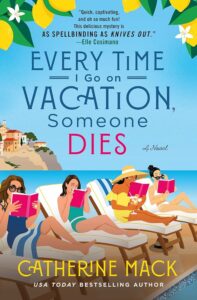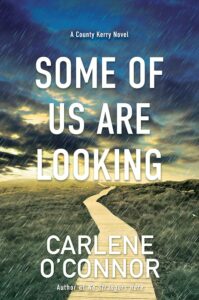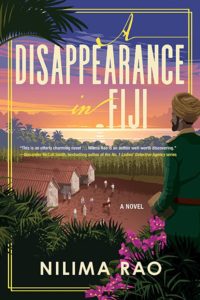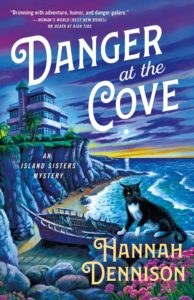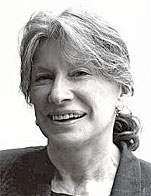Author Interview: Connie Berry
I was lucky enough to do interviews for the late, great Mystery Scene, sadly no longer even accessible online. One of my favorites is this interview with Connie Berry, who writes a binge worthy series set in England. I’m publishing it here because Connie’s latest book, A Collection of Lies, is nominated for an Agatha this year.
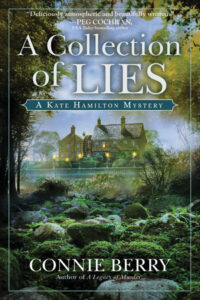 Connie’s Kate Hamilton books feature an American antiques dealer who has family ties in England through her British husband. As the series opens she’s a recent widow visiting her Scottish sister in law, and she meets an English man who will change her life. He’s a Detective, naturally. Berry’s books are a wonderful combination of tricky plots, rich characters, and beautiful settings, and for anyone who adores a British village mystery, this is the series for you. Each novel focuses on a story in the past, often highlighting some specific antique element. In the latest novel, that element is lace making and fabric restoration. I binged the entire series this summer.
Connie’s Kate Hamilton books feature an American antiques dealer who has family ties in England through her British husband. As the series opens she’s a recent widow visiting her Scottish sister in law, and she meets an English man who will change her life. He’s a Detective, naturally. Berry’s books are a wonderful combination of tricky plots, rich characters, and beautiful settings, and for anyone who adores a British village mystery, this is the series for you. Each novel focuses on a story in the past, often highlighting some specific antique element. In the latest novel, that element is lace making and fabric restoration. I binged the entire series this summer.
